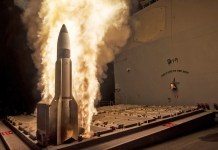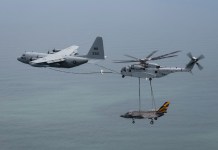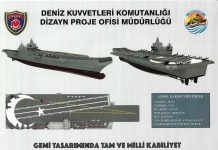The US Army is looking for a replacement for its warhorse, the Patriot Air Defense System. Its future interceptor will have a 360-degree view of the battlespace and can take on threats from greater distances and any vector.
Towards this goal, the US Army recently tested two new air-defense sensors manufactured by Raytheon Missiles and Defense at White Sands Missile Range in New Mexico.
The new Lower Tier Air and Missile Defense Sensor (LTAMDS) will be a crucial technology that the force will finalize in the future air defense interceptor. It will replace the Phased Array Tracking Radar to Intercept on Target (Patriot).
Raytheon has designed the system on the premise that it has ‘No time for Blind Spot.’
The Future Interceptor program will target air, missile, and hypersonic threats within the ‘lower-tier portion of the ballistic missile defense battlespace.’ Desired capabilities for the future interceptor include increased velocity and maneuverability.
As opposed to the recent system’s capability to track only a limited battlespace, the LTAMDS gives 360-degree coverage and enhanced sensing capability and visibility to the Patriot missile battalions.
The all-encompassing coverage would allow for integrated air defense networks dispersed over a wider area, increasing their operational footprint and, at the same time, making them more resilient to the enemy’s fire.
Besides its cross-functionality, interoperability, and modularity, the LTAMDS can defend against the most advanced threats, including tactical ballistic missiles, aircraft, and cruise missiles. They can detect high-speed maneuvering targets from a long distance and provide data to the network.
Another departure that LTAMDS makes from existing technology is using Gallium Nitride (GaN) technology in its semiconductor material. This gives the system greater signal strength and sensitivity to its transmitters. And the most significant advantage of the technology is that it will not need to be rectified within its lifetime. The other benefits include that it wastes less electrical energy as heat.
Raytheon has taken years refining its GaN technology to give its radar system 360-degree threat detection capability in a configuration involving one large array in the front and two smaller arrays in the back. The smaller arrays are half the size of the Patriot System’s array but are twice as capable due to the advancement of the GaN technology.
In addition to being able to cover 360 degrees constantly, the radar can see farther than the currently fielded Patriot radar. The radar meets the Army’s mobility and transport requirements and can be fitted in a C-17 aircraft.
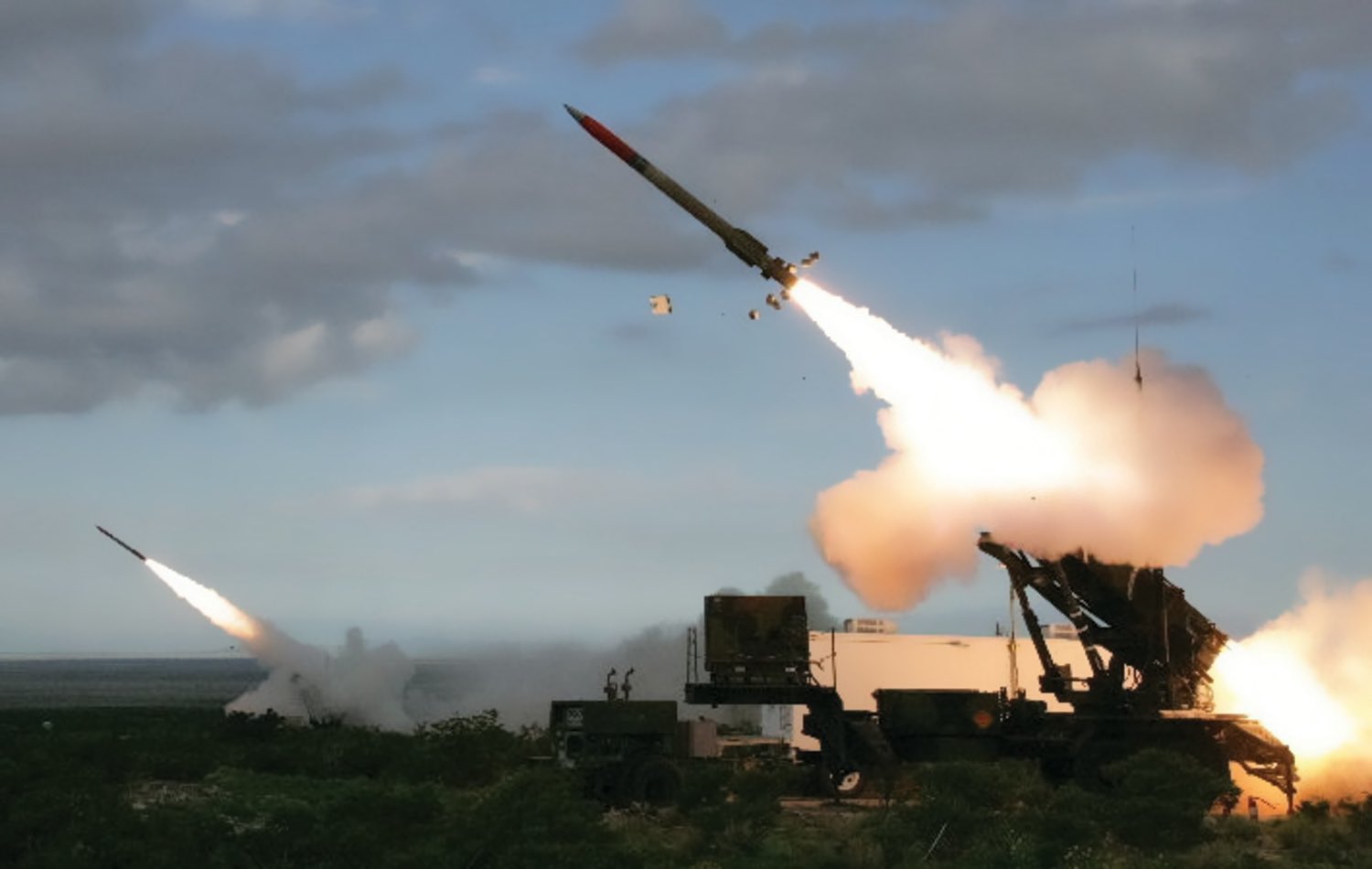
Replacement of the Patriot radar has been long in the offing. The radar was first deployed in the 1980s. The Army tried to replace it with Lockheed Martin’s Medium Extended Air Defense System through an international collaboration with Germany and Italy, but it was shelved.
Towards the end of 2008, Raytheon and Lockheed were chosen to continue technology development under that program. But then the Army decided to conduct a ‘sense-off’ competition to test designs that could be included in its Integrated Air and Missile Defense system under development.
Apart from the Raytheon radar system, the Northrop Grumman-developed Integrated Battle Command System (IBCS) is set to be deployed by the US Army units for frontline combat. The US Department of Defense (DoD) approved its full rate production in April 2023.
The IBCS achieved initial operational capability with the US Army in May 2023. The Plans for a future launcher have yet to materialize, but the Army is conducting analyses and evaluating what will be needed for that system.
The IBCS will integrate multiple sensors and weapon systems into a single network, enabling faster decision-making and more efficient engagement of targets in multi-domain battle operations.
It can provide Army with enhanced situational awareness, improved operational efficiency, and increased lethality while enabling interoperability and high-level integration across coalition partners.
The Polish Government has also chosen IBCS to modernize its air defense. It ordered six IBCS engagement operation centers for its Wisla medium-range air and missile defense program in May 2019.
Patriot In Action
The Patriot has been in the news as it has bolstered Ukraine’s air defense in a protracted war against Russia, making it the 18th country to operate the system. It has managed to take the fear of the legendary ‘hypersonic’ Kinzhal missile from the hearts of the Russian troops.
A lot of virtual ink has been spilled as military experts punched holes in the system or claimed it impenetrable. It is capable of a standalone system, but what augments its capability is when it is integrated with the air defense network along with lower-tier air defense systems, it can provide a credible shield against eh incoming targets.

But in deployment since the 1980s, the system does need a replacement. It has long served its purpose by being the key element of the US power project and the country’s commitment to its allies.
The older version of the Patriot Missiles took part in Operation Desert Storm in 1991 and was reportedly highly effective against Iraq’s Scud missiles. The claim was disputed.
Many changes were made in the system creating the Patriot Advanced Capability (PAC)-1 and PAC-2. Both systems used the technology of bursting near the incoming missile and killing it through blast fragmentation.
The newest PAC-3 missiles employ a hit-to-kill mechanism that seeks to hit the warhead in the missile. The missiles were also deployed in the 2003 Operation Iraqi Freedom and the Yemen Missile War.
A Patriot battery has six major components: a power plant [two vehicle-mounted 150-kilo watts (KW) generators], radar sets, engagement control stations, launcher stations, antenna mast groups, and interceptor missiles (PAC-2s and PAC-3s). The Radar Set provides detection and tracking of targets and fire control.
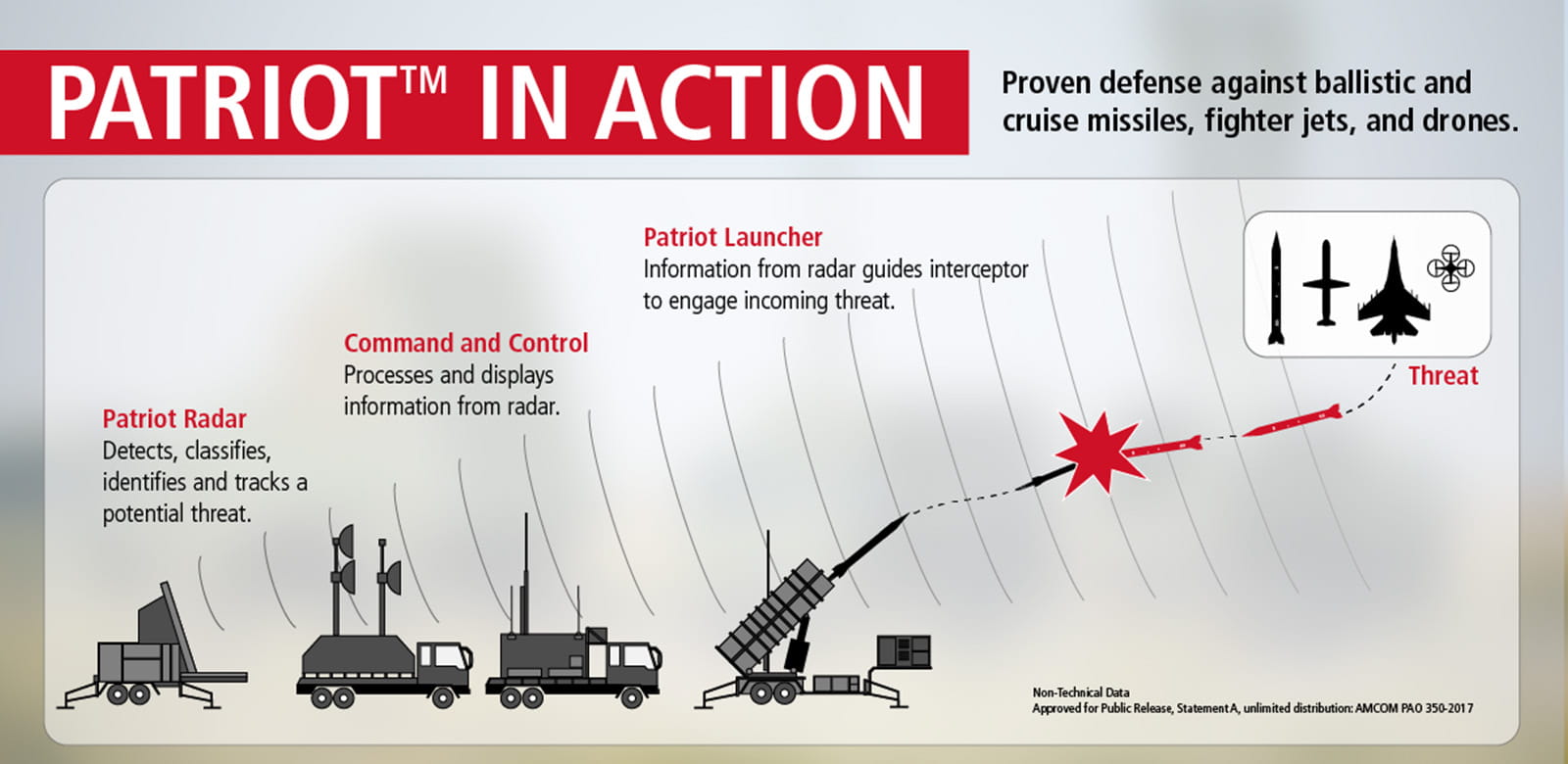
The phased array radar helps guide interceptors to their targets and is resistant to jamming. The Engagement Control Station calculates trajectories for interceptors and controls the launching sequence. It communicates with the launcher stations and other PATRIOT batteries. It is the only manned station in a Patriot fire unit.
The Launcher Stations transport and protect the interceptor missiles and provide the platform for the physical launch of the missile. Each launcher station can accommodate four PAC-2 missiles or 16 PAC-3 missiles. The Antenna Mast Group is the leading communications backbone for the Patriot unit.
- Ritu Sharma has written on defense and foreign affairs for over a decade. She holds a Master’s Degree in Conflict Studies and Management from the University of Erfurt, Germany. Her areas of interest include Asia-Pacific, the South China Sea, and Aviation history.
- She can be reached at ritu.sharma (at) mail.com


